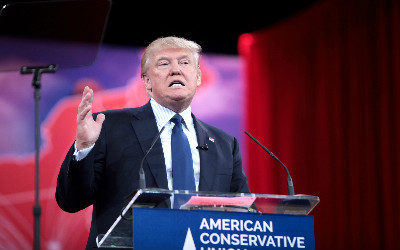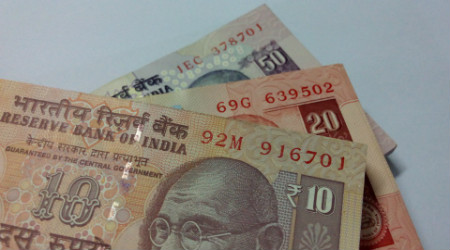

The outlook on U.S. dollar is robust and it has been topping many major currencies in pre-New Year holiday trade, as expectations for strong economic growth under Donald Trump's Administration and more rate hikes by Federal Reserve in 2017 are lending it weight.
The dollar was high 0.2 percent at 117.64 against the yen in late December. The 10-1/2 month high of 118.65 came around Christmas. The Federal Reserve hiked interest rates for the first time in December and is mulling three more increases in 2017. The opposite is happening in Europe, where central banks are offering loose monetary policies with meager interest rates.
INR Under PressureThe Indian rupee (INR) shows some volatility but made a recovery of 8 paise to 68.16 against the dollar on Dec 28 after fresh selling of the US currency by banks and exporters.
According to Irene Cheung, FX Strategist with ANZ that the rupee would weaken against the dollar in the 2017 year but that may be less when compared to other trade-dependent Asian currencies.
Rouble Gaining StrengthMany favorable factors are gracing Russian currency and it is surging over a rejuvenated global standing and as a counterweight to US dollar.
Since September 2016, the rouble was the only major currency to appreciate against the dollar and has outperformed rivals by rising more than 21 percent against the dollar to Rbs60.48.
The cheer factors also include rising oil prices and hopes that Donald Trump as US president will lead to a warming of relations with Russia. This good will factor has bolstered the rouble upped the profitability of local-currency assets and encouraged an inflow of money from non-residents and boosted prices in Russian equities and bonds.
Nafez Zouk at Oxford Economics said Russia keeping benchmark interest rates on hold at 10 percent at a rate quite higher than any developed economy will continue. It will be backed by steady oil prices and Putin’s good equations with Donald Trump will also translate into stronger rouble in 2017.
“An increased interest rate differential and more supportive balance of payments developments will help the rouble strengthen,” he added. However, a section of credit analysts is concerned over the way in which external factors are triggering the rally in Russian assets.
Sterling Comeback LikelyThe woes of British currency may also subside in 2017 and a comeback of sterling is in cards. In 2016, the currency sunk to levels unseen in more than a generation after the Brexit vote ti leave EU. Now analysts are expecting UK currency to take strength from current lows as Brexit negotiations are taking shape.
“The long-term outlook for sterling will be heavily influenced by the outcome of the Brexit negotiations,” said Kallum Pickering, senior UK economist at Berenberg.
However, the impact of Brexit as a long-term supply-side shock for the U.K. will continue in terms of less trade, migration and investment with the EU.
“A soft outcome for Brexit would mean a less negative long-term impact growth and a stronger long-term rise in sterling."
While the Pound may benefit in 2017, the Euro may weaken as the central bank ECB is still pursuing the stimulatory course.



